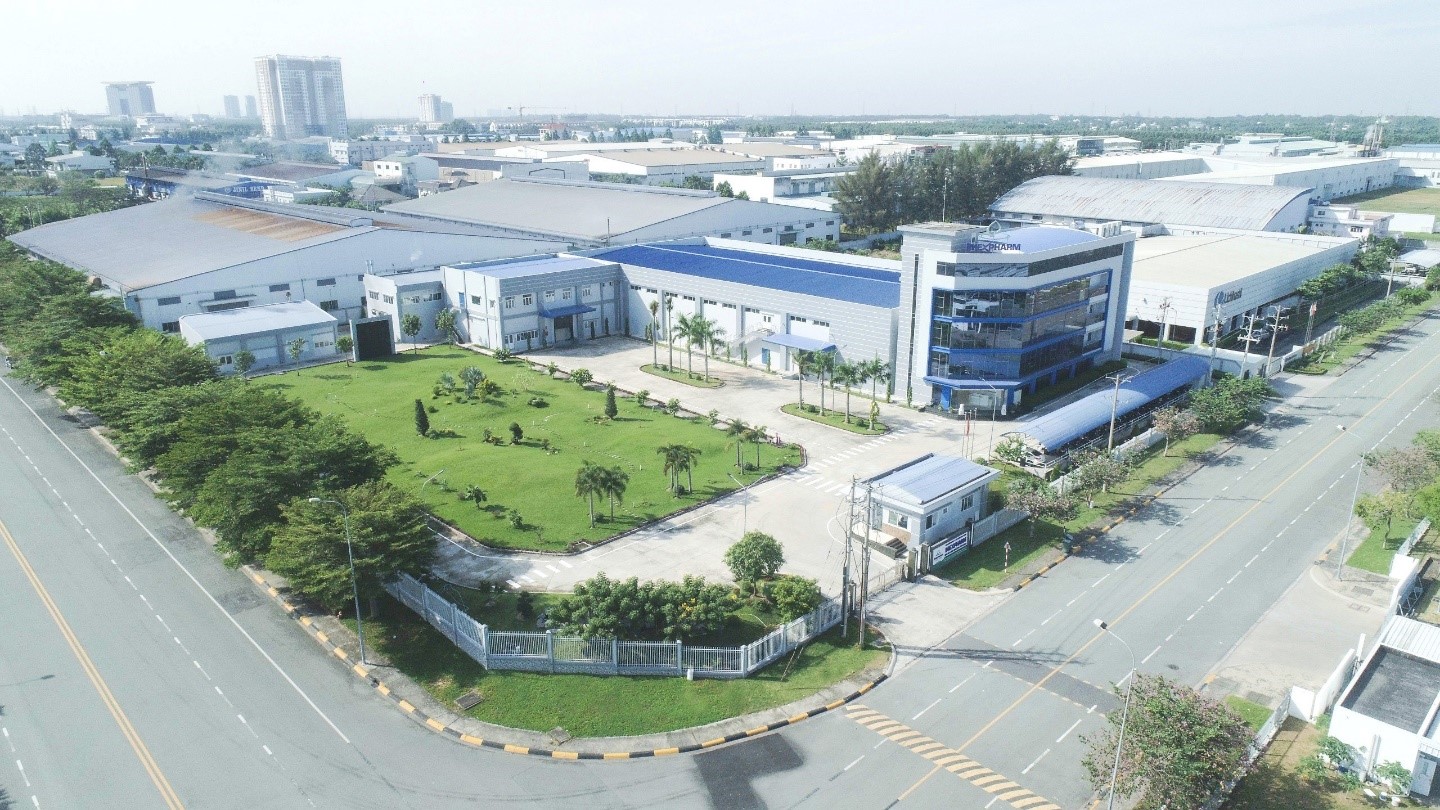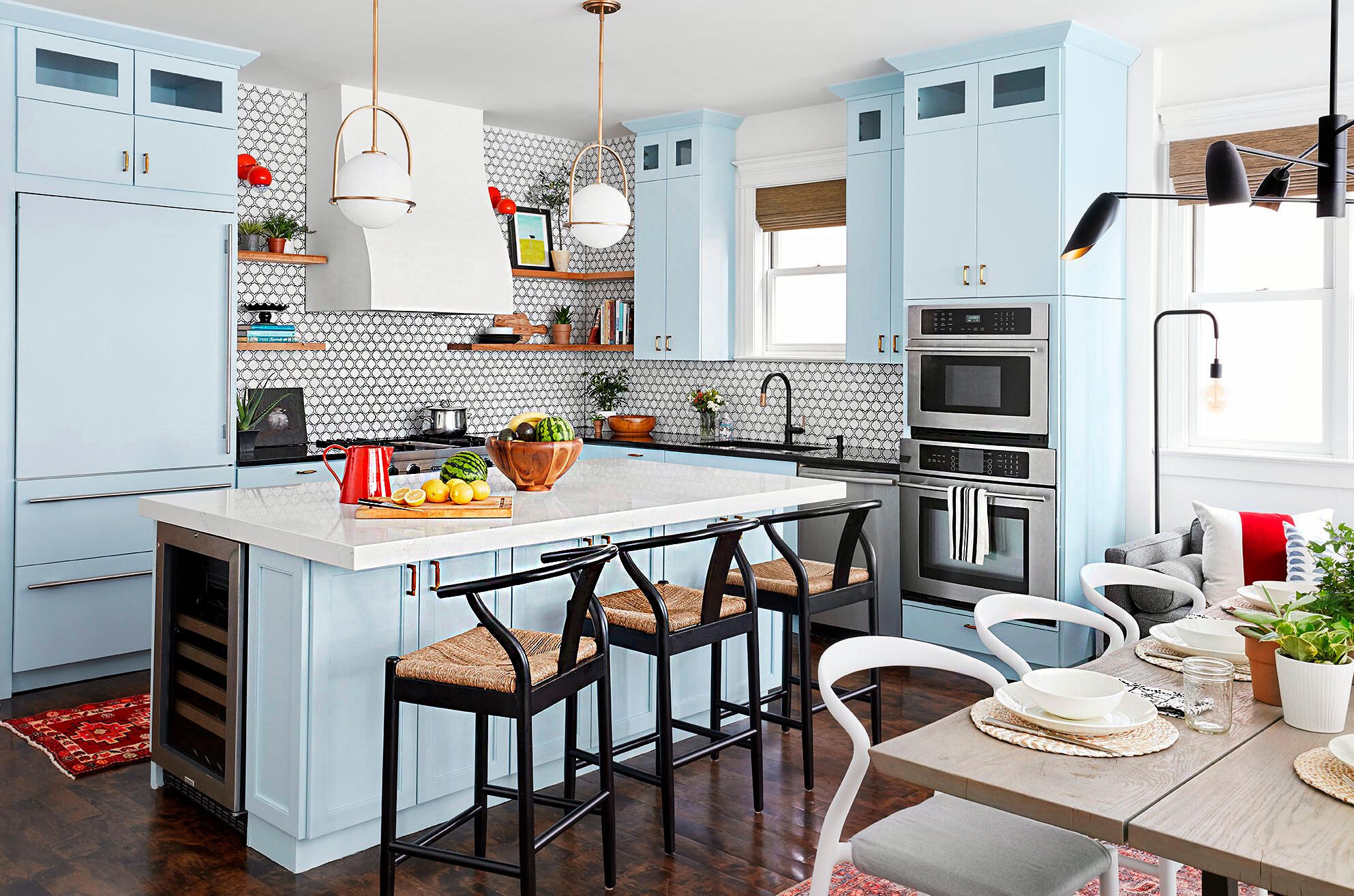In the world of pharmaceutical and high-tech manufacturing, facility design is far more than just layout and materials. These plants operate in highly regulated environments where precision, safety, and efficiency are paramount. At the same time, they must remain agile and innovative to stay ahead of rapid advancements in science and technology. Designing such facilities is a complex challenge—one that demands a careful balance between strict regulatory compliance and the creative flexibility to support future innovation.
The High-Stakes World of Pharma & Hi-Tech Architecture
Pharmaceutical plants and hi-tech manufacturing facilities—whether producing life-saving drugs, biotech materials, or advanced electronics—are built with zero tolerance for error. Every aspect of the architecture must ensure contamination control, process integrity, and worker safety. This includes managing air quality, temperature control, sterilization zones, and cleanroom environments that meet FDA, EMA, ISO, or other international standards.
But these facilities are also hubs of innovation. They support research, prototyping, and cutting-edge production methods like nanomanufacturing or biologics. The challenge is to build spaces that are compliant today, but also flexible enough to evolve with tomorrow’s technology.
Regulatory Compliance Drives Design Choices
Designing for compliance begins with a deep understanding of current regulations and how they impact facility layout. Architects must plan for segregated zones, validated process flows, and clear demarcation between clean and unclean areas. HVAC systems are often the backbone of a compliant facility, providing controlled environments with HEPA filtration and pressure zoning.
Sanitation is another critical consideration. Materials used for walls, floors, and ceilings must be easy to clean, resistant to harsh chemicals, and non-porous. Doors, lighting, and fixtures must be sealed and accessible to avoid harboring contaminants.
Because regulations are frequently updated, successful facilities are those built with adaptability in mind. Movable partitions, modular cleanroom walls, and flexible service grids allow for future upgrades without requiring total redesign.
Integrating Innovation into Facility Design
To foster innovation, facilities must provide space for experimentation, testing, and collaborative work. This often means integrating research labs with production zones, enabling smoother transitions from R&D to full-scale manufacturing. Modern plant design incorporates advanced IT infrastructure, energy-efficient systems, and digital monitoring tools.
Natural light, open workspaces, and wellness-focused amenities are also becoming more common. These human-centered features not only improve productivity but help attract top-tier talent in competitive sectors like biotech and microelectronics.
Innovation also drives sustainability. High-tech and pharma companies increasingly seek LEED-certified or environmentally responsible facilities. This includes intelligent building systems that optimize energy usage, reduce water consumption, and minimize waste—all while staying within compliance boundaries.
The Role of Experienced Architectural Firms
Balancing regulatory rigor with design innovation requires a specialized architectural partner. One such trusted name is firme architecte Stendel + Reich, known for their experience in complex industrial, pharmaceutical, and hi-tech projects. Their approach integrates deep regulatory knowledge with forward-thinking design principles, allowing clients to build facilities that meet today’s exacting standards while remaining future-ready.
Stendel + Reich’s team works closely with engineers, safety consultants, and client operations teams from the earliest planning stages. This collaboration ensures that every project—from a small cleanroom upgrade to a full-scale production campus—is designed to optimize performance without compromising compliance.
Looking Ahead
The demand for pharmaceutical and high-tech manufacturing continues to rise globally. Whether it’s vaccine production, advanced semiconductors, or medical devices, the facilities behind these innovations must be as sophisticated as the products themselves. Balancing regulation and innovation isn’t just a design challenge—it’s a strategic imperative.
Architectural leaders like Stendel + Reich are helping bridge that gap, crafting spaces that not only meet today’s standards but anticipate tomorrow’s possibilities. In this critical field, the best designs aren’t just compliant—they’re visionary.





